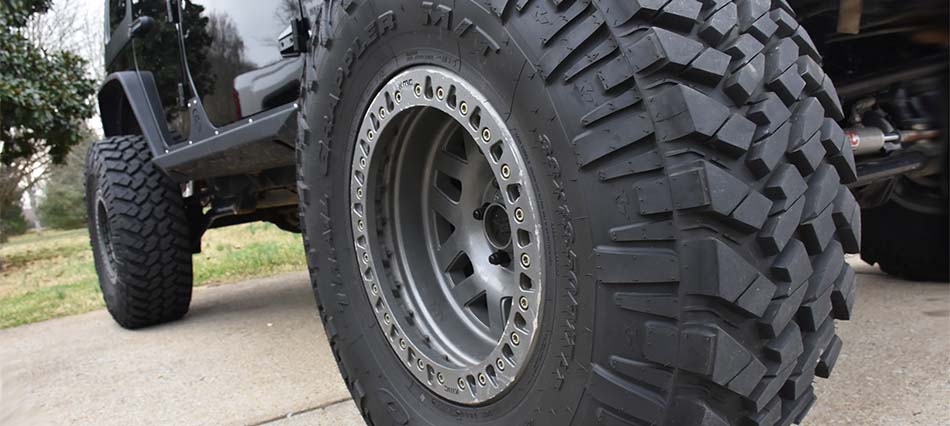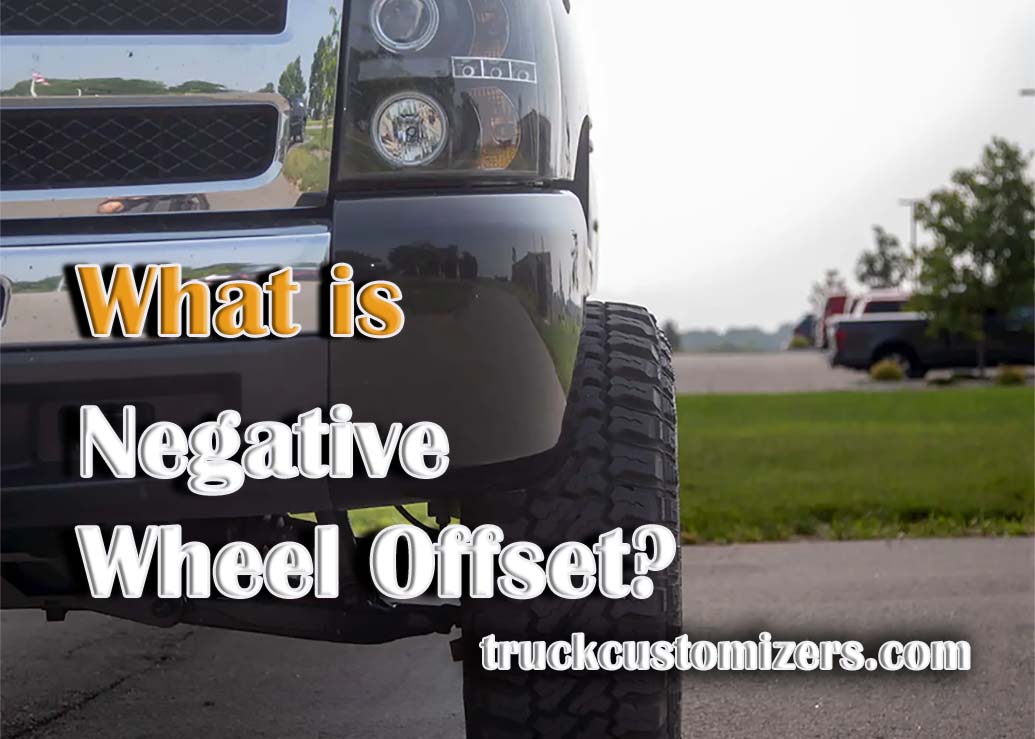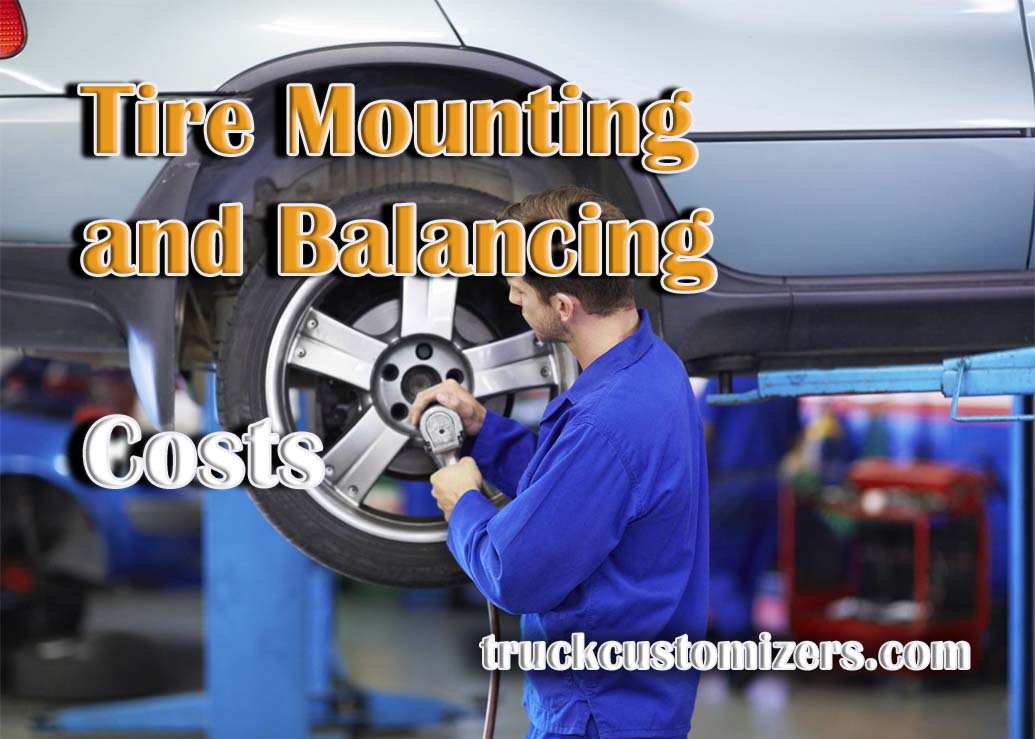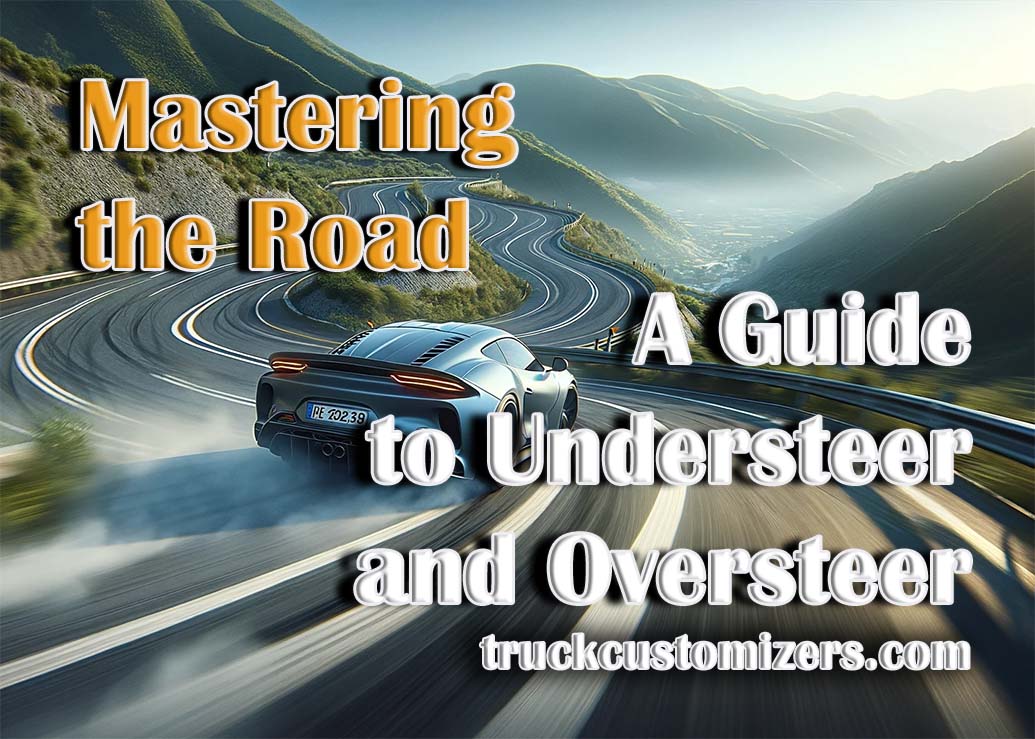Negative wheel offset is a term used to describe the positioning of the wheel and tire assembly relative to the suspension and frame of a vehicle. It refers to when the mounting surface of the wheel on which it is attached to the hub is located toward the inside of the car, rather than towards its outside edge as it would be with a zero or positive offset. As such, negative offset wheels are sometimes referred to as deep dish wheels, since their mounting point leaves them “sitting” further into the fender well than more traditional settings.
Understanding Negative Wheel Offset
Definition of Negative Wheel Offset
Negative wheel offset occurs when a vehicle’s wheels and tires are mounted so that they extend farther inward than normal; in other words, closer to the car’s center line. This normally means that part or all of each tire will be visible outside of each side panel, also known as “tucking tires” or “tucked-in stance.” It can also mean that certain components such as brakes may need to be modified in order for your wheels and tires fit properly on your vehicle due to their increased diameter.
Advantages of Negative Wheel Offset
One of the main benefits of negative offset wheels is an increased stance width. This allows for a wider and more aggressive look, something that’s often desired by car enthusiasts and tuners alike. Additionally, depending on the specific vehicle, negative offset wheels can even improve handling due to increased mechanical grip from larger tires and a more aggressive tread pattern.
Disadvantages of Negative Wheel Offset
The primary drawback associated with negative wheel offset is the fact that it can put strain on certain components such as tie rods and ball joints if not done correctly. Additionally, incorrect sizing can lead to premature tire wear due to improper contact patch alignment between the road surface and your tires. And finally, running too large a tire size with deep dish wheels could potentially cause rubbing when cornering hard or going over bumps at speed. It’s important to ensure that you are using the correct fitment before installing your wheels as a result.

Impact of Negative Wheel Offset on Handling and Tire Wear
How Does It Affect Vehicle Handling?
Using negative wheel offset in combination with larger than stock tires means that you will benefit from increased mechanical grip due to the increased contact patch size. This can result in improved cornering, better braking performance and increased acceleration as long as your vehicle has been properly tuned for the new combination.
Does It Affect Tire Wear?
Negative wheel offset in combination with larger tires can also lead to premature tire wear if not set up correctly. When using negative wheel offset, it’s important to ensure that you have the correct suspension alignment so that the contact patch is even across all four tires. Otherwise, this could lead to uneven tire wear and poor handling characteristics due to lack of traction from certain corners of your vehicle.
Final Thoughts
Negative wheel offset can be beneficial for those looking for an aggressive stance or improved handling performance from their current setup. However, it’s important that these modifications are done correctly and with consideration given to all aspects including suspension alignment and proper fitment, as running a wrong size setup could potentially cause more harm than good in terms of tire wear and vehicle stability. Ultimately, when done right negative wheel offset can be a great way to enhance both the look and feel of your car without breaking the bank.


